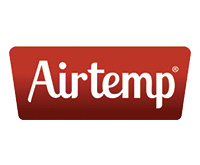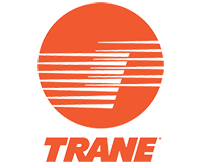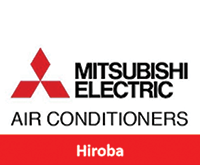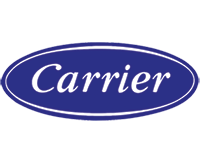General Contractors
Top Palm Beach County General Contractors Rely on Berkun Air Conditioning
Berkun Air Conditioning has been working with the leading Palm Beach general contractors for decades. They have many choices and the jobs they do are some of the most demanding for both new home and renovation projects in the nation, if not the world.
It’s important to work with qualified HVAC professionals who have experience in commercial air conditioning installations. Proper installation plays a significant role in the system’s performance, energy efficiency, and longevity. Additionally, adhering to local building codes and regulations is crucial throughout the installation process.
We Service All Makes & Models
Installing a commercial air conditioning system involves several steps to ensure proper functionality, efficiency, and comfort within the commercial space. Here’s an overview of the process:
Assessment and Planning:
Determine the cooling requirements based on the size, layout, and usage of the commercial space.
Evaluate the existing infrastructure, electrical capacity, and any special considerations (such as noise restrictions or ventilation requirements).
Choose the appropriate type of air conditioning system (e.g., central HVAC, split systems, rooftop units) based on the needs of the space.
Design and Sizing:
Design the system layout, including the placement of indoor and outdoor units, ductwork, vents, and controls.
Size the system correctly to ensure it can handle the cooling load of the space without being undersized or oversized.
Equipment Selection:
Select high-quality and energy-efficient air conditioning equipment from reputable manufacturers.
Consider factors such as the cooling capacity, energy efficiency ratings (SEER/EER), and compatibility with the space’s requirements.
Installation:
Hire a professional HVAC contractor experienced in commercial installations.
Install the outdoor condenser unit in a suitable location, adhering to local regulations and manufacturer guidelines.
Install indoor evaporator units or air handlers strategically to evenly distribute cool air throughout the space.
Set up ductwork and ventilation systems, ensuring proper insulation and sealing to prevent energy loss.
Electrical and Controls:
Install electrical wiring to power the air conditioning system, making sure it’s up to code.
Set up thermostats, sensors, and controls for temperature and humidity regulation.
Integrate the system with building management systems (BMS) if necessary for centralized control.
Testing and Commissioning:
Test the system to ensure all components are working correctly.
Verify that the cooling output matches the design specifications and that airflow is consistent.
Check for any leaks, unusual noises, or malfunctions.
Fine-tune the system settings for optimal performance and energy efficiency.
Training and Documentation:
Provide training to building staff or occupants on how to operate and maintain the system.
Create documentation that includes system specifications, maintenance schedules, and troubleshooting procedures.
Maintenance and Support:
Establish a regular maintenance schedule to keep the system running efficiently.
Offer ongoing support to address any issues or concerns that may arise.







